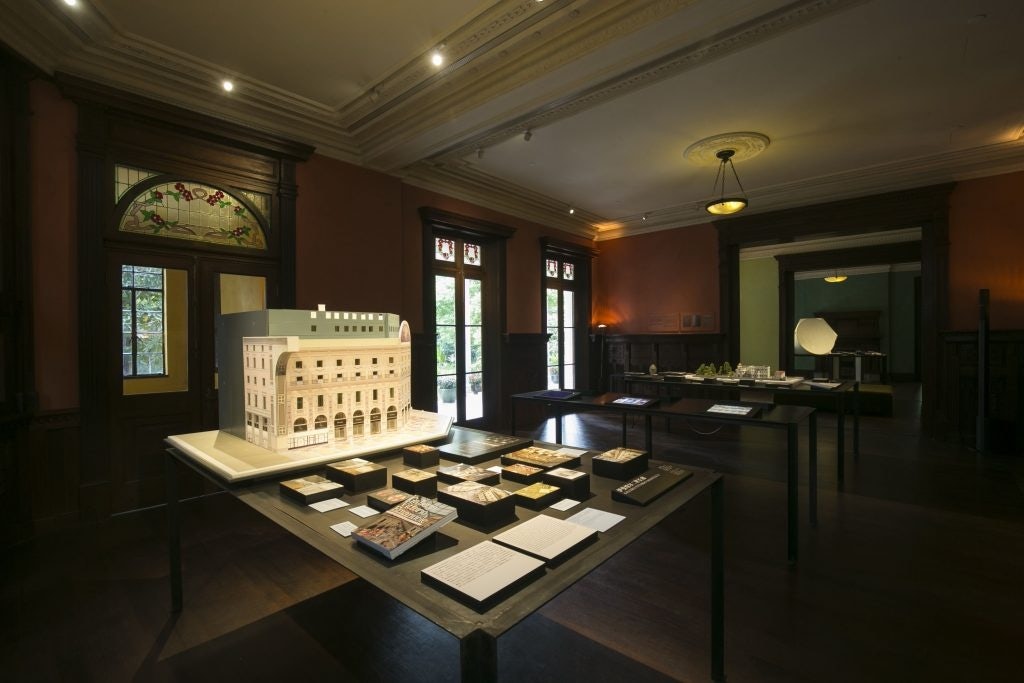China has proven a difficult market for brands seeking customer loyalty, particularly amongst China's millennials. According to the Mckinsey China Luxury Report 2019, 30 percent of post-80s-born luxury shoppers regularly buy products outside from their preferred brands, while that rate jumps to 52 percent with post-90s-born shoppers. "[Chinese consumers] tend to be less loyal compared to more mature markets,” says Daniel Zipser, Senior Partner at McKinsey & Company, Leader of Greater China Consumer and Retail Practice. “This is even more pronounced when it comes to loyalty to individual brands rather than a portfolio of brands."
Whereas traditional markets grew into their luxury consumption slowly and have decades of brand interaction behind them, Chinese consumers were quickly introduced to a well-oiled luxury market and immediately indulged in a wide range of brand options. And as Chinese consumers have quickly come to understand the importance of their buying power, brand loyalty in the country has started to dwindle.
Early on, Chinese consumers were susceptible to tested marketing tools, but today, they’re buying into new ideas of social capital, where the ability to command knowledge beyond shallow brand facts has become more powerful than simply having a luxury handbag. Younger Chinese luxury consumers, specifically, have passed the stage where their only expectation is material products and have now set their sights onto something more intangible — culture. According to the McKinsey China Luxury Report, 60 percent of young luxury consumers are showing an increased interest in art shows hosted by luxury brands.
In response to this demand, high-end luxury brands in China have turned to cultural and art offerings like exhibitions and themed events to help them gain brand exposure. The events aim to boost word-of-mouth conversations among the audience and reinforce the brand's value system — and they’re enthusiastically welcomed by most Chinese luxury consumers. "Besides showing off their unique and sophisticated taste through these events, Chinese luxury shoppers also highly value offline experience,” says Zipser, “and offline experience is key for their decision making."

One such example is L'ÉCOLE, School of Jewelry Arts supported by Van Cleef & Arpels, which is positioned to launch in Hong Kong in Fall 2019 at the newly developed high-end cultural-retail destination K11 Musea. The jewelry school aims to introduce the history and culture of jewelry to the greater public by offering both courses and free public exhibitions. L'ÉCOLE’s approach cleverly plays into Chinese consumers’ desire for a different type of social capital — one grounded in knowledge. "Knowledge capital is key in the future of consumption,” says a spokesperson from K11. “Chinese millennials are curious about culture, and they want to acquire [cultural] knowledge, from art and architecture to fashion and sustainability."
Nowadays, a brand’s culture and heritage are seen as valuable assets to a member of China’s growing upper class. “As luxury is a form of social capital to consumers, they want to be able to appreciate it, show it, and talk about it," says Zipser. Gaining information and building up one’s knowledge of a brand’s culture and heritage is not accomplished overnight but is a result of long-term consumer curiosity and investment. Brands need to facilitate this process for consumers by providing them with a long-term framework they can understand, and L'ÉCOLE tackles the problem with an educative approach.
"As luxury is a form of social capital to consumers, they want to be able to appreciate it, show it, and talk about it."
The school enables people of all ages and backgrounds who are passionate about jewelry to learn without any prerequisite by providing over 15 lesson topics, free curated exhibitions, and a specialized library featuring over 600 books on jewelry art. Visitors to the school are infused with an intellectual and emotional understanding of jewelry. Fortunately, L'ÉCOLE also shares traffic from K11 Musea, the most art-oriented cultural-retail destination in Hong Kong, which was created specifically for sophisticated millennials. This setup assures a well-targeted audience as well as a continual knowledge infusion that trumps a single luxury brand exhibition or another one-time event.
Although many brands and companies are trying their hand at arts and culture integration, most brands are missing the mark with one-off activations that have no guarantee of establishing a lasting relationship or properly earning consumer loyalty. Cultural conversations should be permanent, and they require a long-term investment, Only in this way can brands form valuable relationships with consumers. And as always with China, brands need to incorporate a digital strategy that speaks specifically to Chinese consumers and amplifies a localized approach. "It is difficult for Chinese consumers to resonate with pure Western heritage brand stories delivered in traditional ways,” says Zipser, “so brands can try to make the brand story more relevant to Chinese consumers with the help of local communication."

For example, the 2017 public opening for Rong Zhai, Prada's restored historic early 20th-century mansion in central Shanghai, utilized WeChat for the ticketing process and Weibo's targeted content promotion to market the event. The cocktail party for Rong Zhai’s inauguration later became a huge topic on Weibo and prompted the kind of organic exposure and content that most brands would kill for. Ultimately, the project saw an impressive 100,000 visitors during the two-month public exhibition session.
As the new generation of Chinese luxury consumers becomes more sophisticated, brands should rethink how they can engage with the market to build long-lasting brand images. A positive brand impression is only the sign of successful entry into the Chinese market, but that doesn’t necessarily translate into long-term business success now that the Chinese are demanding more than just brand names or a one-time branded experience. In today’s China, the power of art and cultural offerings that luxury brands can offer is their best tool for winning over consumers who want cultural capital to help set them apart from the crowd.
